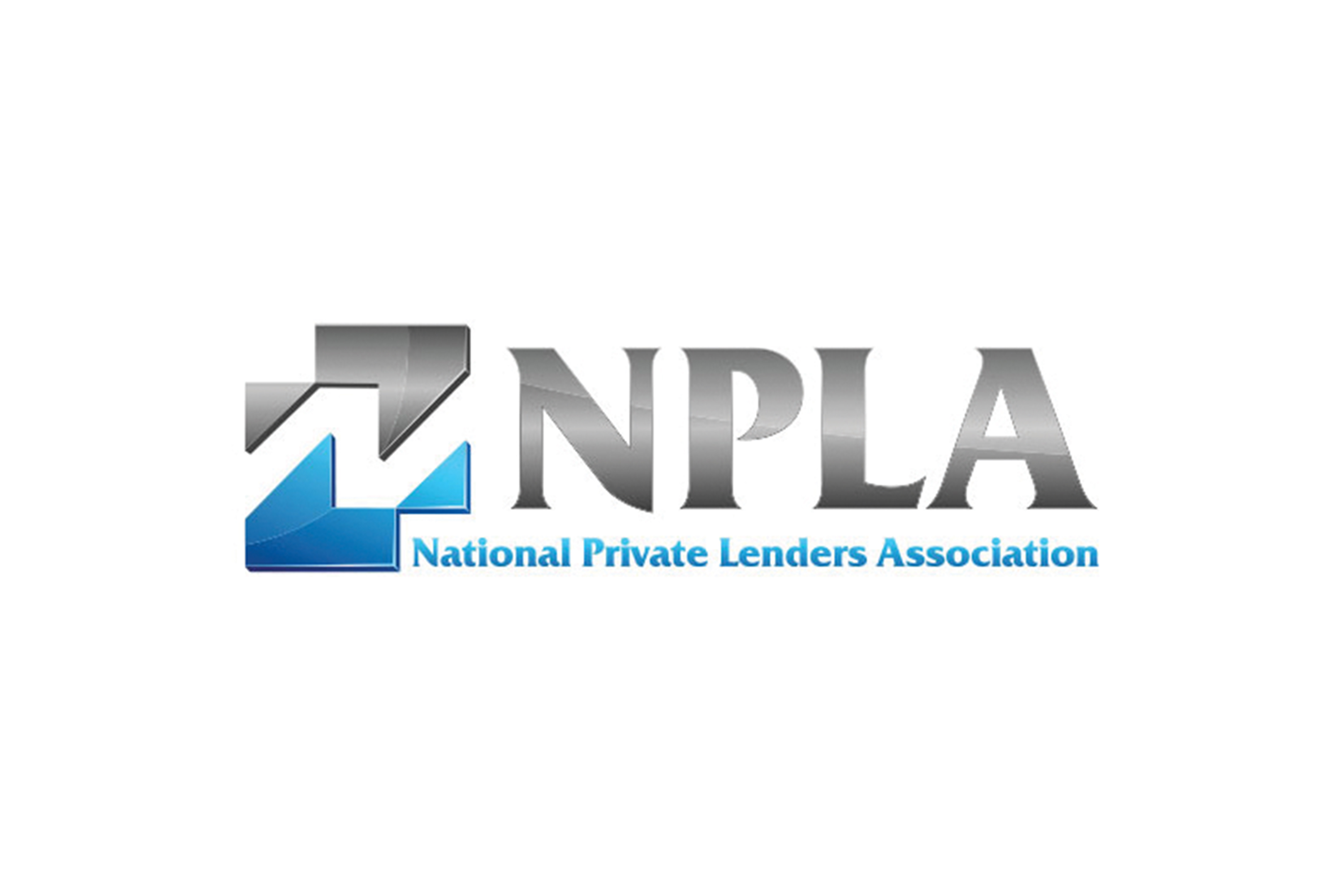Filling a Void in the Marketplace
The NPLA serves as a full-time advocate for private lenders. Private lenders play a vital role in the health and growth of our national housing market and the broader economy. By making B2B (business-to-business) loans to real estate investors on deals that do not fit the standards of “conventional” lenders due to time frame or perceived risk, they play a crucial role in revitalizing local communities, preventing and ameliorating neighborhood
Read More












